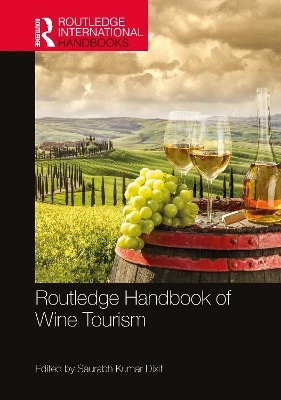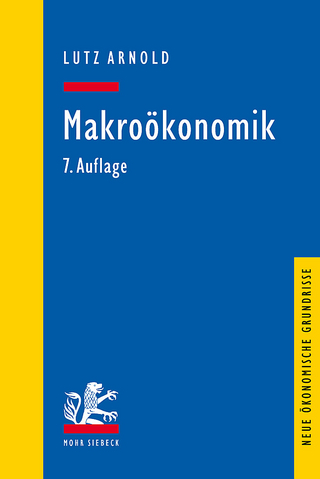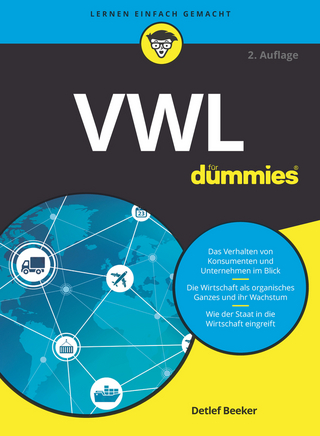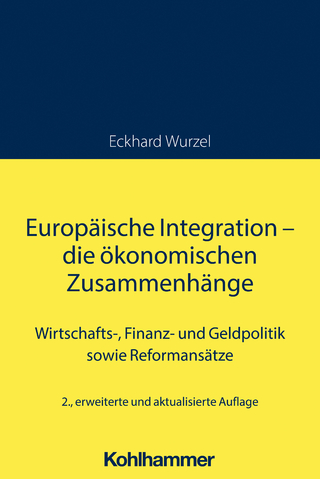
Routledge Handbook of Wine Tourism
Routledge (Verlag)
978-0-367-69860-7 (ISBN)
Wine tourism or enotourism or oenotourism or winery tourism or vinitourism is a special interest tourism that empowers local culture and spawns business opportunities for the local community. The comprehensive Routledge Handbook of Wine Tourism offers a thorough inquiry into both regular and emerging issues of wine tourism.
Modern wine tourism extends beyond the mere cultivation of grapes and the production and selling of wine. The Routledge Handbook of Wine Tourism examines the complex interplay of market profiling, sustainable regional development, and innovative experiential marketing constructs which, when successful, contribute to the growth and sustainable evolution of global wine tourism. This handbook examines how the success of various enotourism events such as vineyard visits, winery tours, wine festivals and wine trails can stimulate the development of wine-producing regions and territories.
Incorporating the latest philosophies and research themes, this handbook will be an essential reference for students, researchers, academics and industry practitioners of hospitality and tourism, gastronomy, management, marketing, cultural studies, development studies, international business and for encouraging dialogue across disciplinary boundaries.
Saurabh Kumar Dixit is Professor and founding Head of the Department of Tourism and Hotel Management, North-Eastern Hill University, Shillong (Meghalaya), India. His research interests include consumer behavior, gastronomic tourism, and experiential management and Marketing in hospitality and tourism contexts. He has 15 books to his credit, including The Routledge Handbook of Consumer Behavior in Hospitality and Tourism (2017), The Routledge Handbook of Gastronomic Tourism (2019), The Routledge Handbook of Tourism Experience Management and Marketing (2020), Tourism in Asian Cities (2020), Tourism in India: Marketing Perspectives (2021), Consumer Behavior in Hospitality & Tourism (2021), and The Emerald Handbook of Luxury Management for Tourism and Hospitality (2021). Presently he is editing Routledge Handbook of Collaborative Consumption in Tourism and Teaching Cases in Tourism, Hospitality and Events (CABI), to be published in 2022. He can be contacted at saurabh5sk@yahoo.com.
Part I: Setting the Scene for Wine Tourism. 1.The growth and evolution of global wine tourism. 2.Nature and significance of wine tourism: An Australian perspective. 3.Conceptualization of a winescape framework. 4.Contributions of wine routes and trails to wine tourism experiences. 5.Regulatory and ethical influences and predicaments of wine tourism development: A case from Nashik, India. 6.Exploring co-creation process in the wineries: the relevance of social partner characteristics. 7.Wine tourism in Canada. 8.Key challenges in global wine tourism. PART II: PROFILING AND SEGMENTATION OF THE WINE TOURISM MARKET. 9.Understanding the wine tourism markets. 10.Wine tourism and consumer behavior. 11.Preferences and characteristics of wine tourists. 12.Wine tourism´s institutional framework and governing system: evidence from Portugal and six international reference markets as benchmarks. 13.Wine tourist motivations and perceptions of destination attributes. 14.Wine consumers’ knowledge of wine and their wine self-confidence in different sales contexts. 15.The emerging wine tourist: perspectives of multicultural, first-time winery visitors. 16.Senior travelers and wine tourism experience: opportunities of an evolving market segment. PART III: WINE TOURISM AS AN INSTRUMENT FOR THE REGIONAL DEVELOPMENT. 17.Wine tourism: A story rooted in place. 18.Strategies for developing wine tourism destination: the case of the Douro Valley (Portugal). 19.Wine tourism development: From the host community’s perspective. 20.Winery owners’ perceptions and motivations towards wine tourism: discourses of winery owners in Langhe, Northern Italy. 21.Wine tourism in rural Japan: an integrated development instrument. 22.Wine tourism gentrification: transforming rural agricultural regions in the USA. 23.Role of great wine capitals network in making wine tourism a competitive factor of a territory. 24.From wine to vermouth: events as guardians of the territory. PART IV: NEW APPROACHES AND PRACTICES IN WINE TOURISM MARKETING. 25.Marketing destinations through wine tourism - using the example of developing wine tourism in Austria. 26.The role of wine festivals in Swedish wine tourism marketing. 27.The emergence of a new wine tourism field: entrepreneurial struggles. 28.Creative star wine districts: an exploratory research. 29.Folk wine festivals in Italy: a grassroot strategy for developing wine tourism. 30.Matching business travel with wine tourism – the case of the Canton of Grisons, Switzerland. 31.Memorability, satisfaction, and intention to recommend to others: a segmentation-based study of winery visitors in Australia. PART V: WINE TOURISM EXPERIENCE: MANAGEMENT AND SUCCESS STORIES. 32.Introducing the wine tourism experience (WTE) framework to design the ultimate tourist experience. 33.The staging of wine tourism experiences in Australia. 34.The taste of experience: the sensitivities of wine tourists. 35.Antecedents, elements, and outcomes of the wine tourism experience at the destination. 36.Multisensory experience of wine tourism. 37.The influence of wine involvement on wine tourism motivations and experiences. 38.Wine tasting and appreciation experiences at wineries. 39.The Louise: A luxury wine hotel experience in the vineyards. 40.Markers, benefits, and pitfalls of authenticity in wine tourism: A case study in Melnik, Bulgaria. 41.Capturing core experiential aspects in winery visitors’ TripAdvisor reviews: Netnographic insights from Santorini and Crete. 42.Wine routes and trails Vis-A-Vis wine tourism: experiences and examples from Slovenia. PART VI: INNOVATIONS AND TECHNOLOGICAL ADVANCEMENTS IN WINE TOURISM. 43.The role of technology in wine tourism. 44.Virtual wine tourism experiences. 45.Social media marketing in wine tourism. 46.Branding wine products and wine tourism destinations through e-storytelling: examining contemporary tourism interpretation. 47.Hybrid wine grapes and emerging wine tourism regions. 48.Post COVID-19 developments in the wine tourism sector49.Wine, tourism and the global pandemic: Realising opportunities for new wine markets and experiences. PART VII: TERROIR SUSTAINABILITY AND CULTURAL CONSTRUCTS IN WINE TOURISM. 50.A sustainable perspective for wine tourism management. 51.The fluidity of terroir: the delusion of sustainability and authenticity in wine tourism. 52.Sustainable wine tourism: the case of natural wines. 53.Rural landscapes, culture, and wine tourism. 54.Exploring the role of restaurant wine lists in communicating local sense of place to tourists. 55.Vital elements to foster territorial development based on wine tourism. 56.Integrating wine tourism with rural tourism experience. 57.Conclusion: Uncorking The Emerging Realms For Wine Tourism Research.
| Erscheinungsdatum | 07.11.2022 |
|---|---|
| Zusatzinfo | 64 Tables, black and white; 49 Line drawings, black and white; 36 Halftones, black and white; 85 Illustrations, black and white |
| Verlagsort | London |
| Sprache | englisch |
| Maße | 174 x 246 mm |
| Gewicht | 1500 g |
| Themenwelt | Technik |
| Wirtschaft ► Volkswirtschaftslehre | |
| Weitere Fachgebiete ► Land- / Forstwirtschaft / Fischerei | |
| ISBN-10 | 0-367-69860-9 / 0367698609 |
| ISBN-13 | 978-0-367-69860-7 / 9780367698607 |
| Zustand | Neuware |
| Haben Sie eine Frage zum Produkt? |
aus dem Bereich


